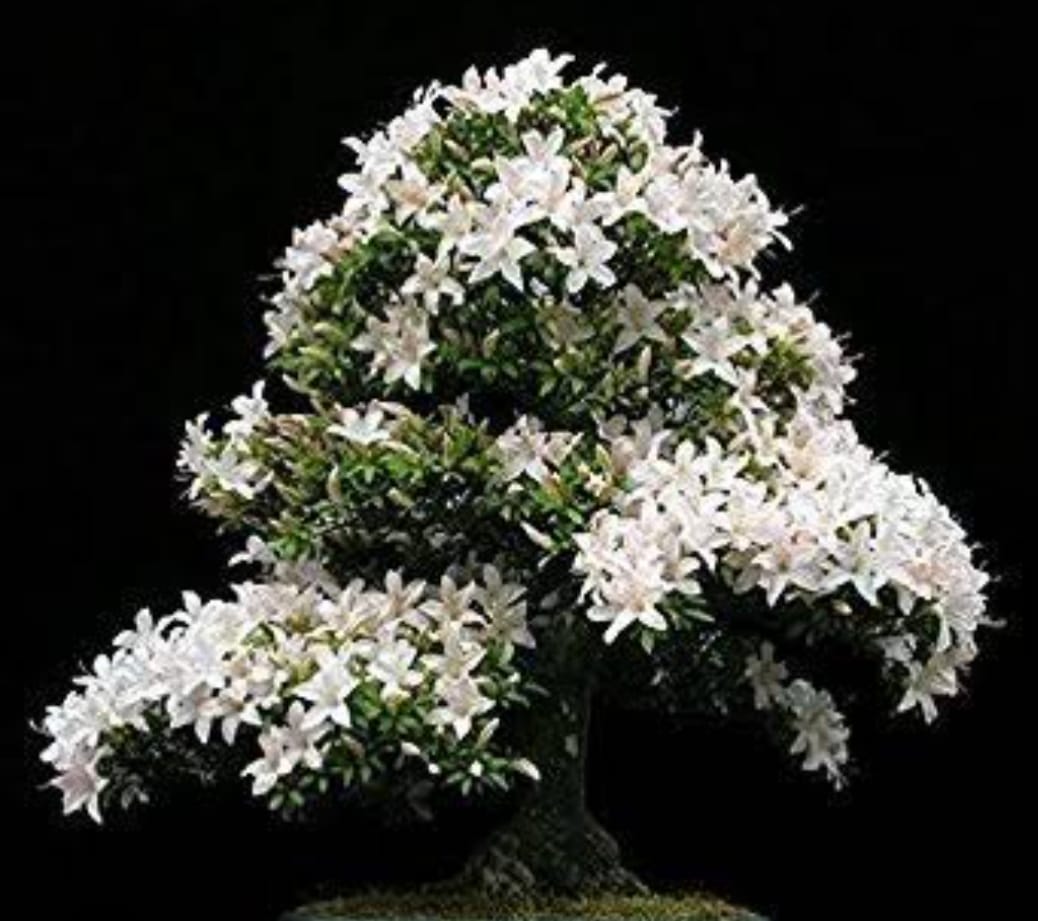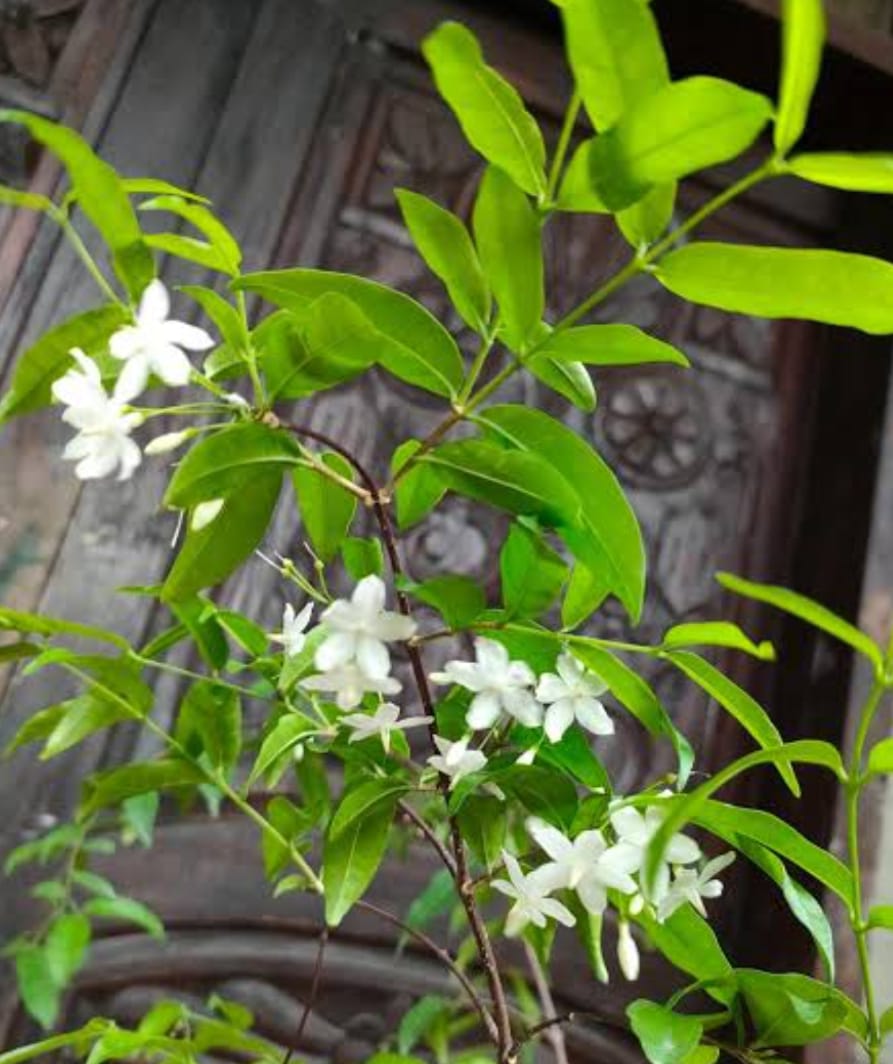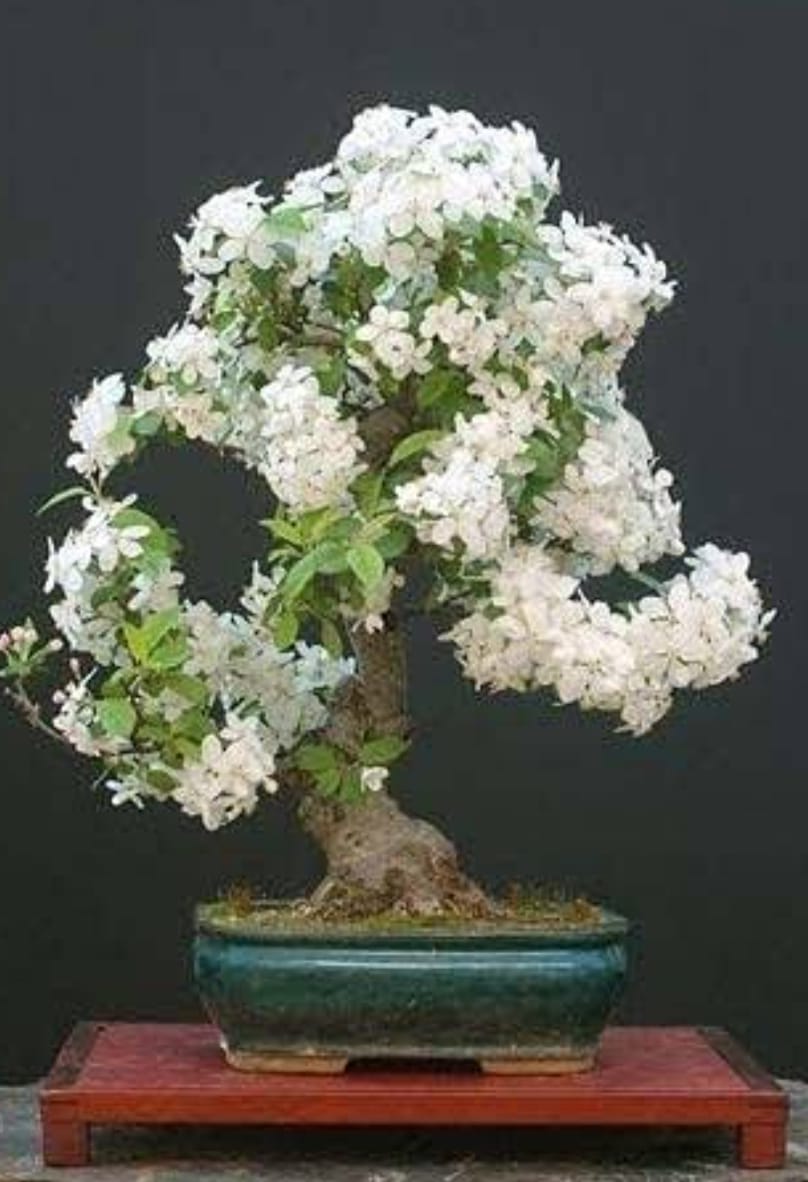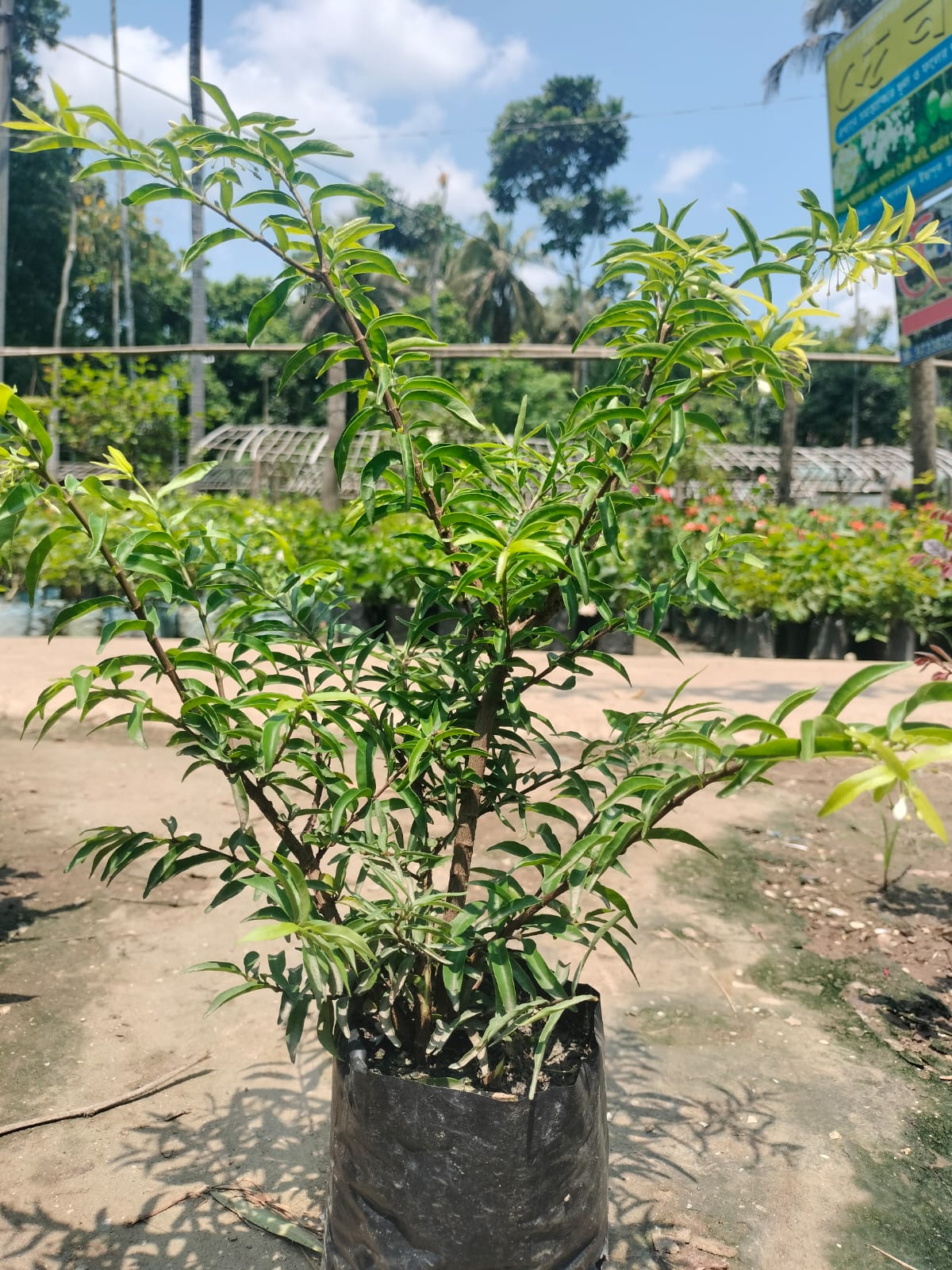PlantsKingdom
Water Jasmine|Buy Water Jasmine online|Fragrant Water Jasmine plant
Regular price
Rs. 339.00
Regular price
Rs. 650.00
Sale price
Rs. 339.00
Unit price
per
Shipping calculated at checkout.
Couldn't load pickup availability
Water jasmine, scientifically known as Wrightia religiosa, is a small deciduous or evergreen tree commonly found in Southeast Asia. Here are some key characteristics and descriptions of the plant:
Physical Characteristics
- Height and Spread: Typically grows to about 2-3 meters (6-10 feet) in height but can reach up to 5 meters (16 feet) under ideal conditions. It has a spread of around 1.5-3 meters (5-10 feet).
- Leaves: The leaves are glossy, narrow, and oval-shaped, ranging from 2 to 10 centimeters in length. They are arranged oppositely on the stems and have a vibrant green color.
- Flowers: The plant produces small, fragrant, white flowers that hang in clusters. Each flower has five petals and emits a pleasant, jasmine-like scent, especially in the evening and early morning.
- Bark: The bark is smooth and grayish-brown, often peeling in thin strips.
- Fruit: The fruit is a slender, pod-like structure containing numerous seeds. When mature, the pods split open to release the seeds, which are equipped with tufts of hair for wind dispersal.
Habitat and Cultivation
- Climate: Prefers warm, tropical to subtropical climates. It thrives in areas with high humidity and can tolerate partial shade to full sun.
- Soil: Grows best in well-drained, fertile soils with a slightly acidic to neutral pH. It can tolerate occasional waterlogging but prefers consistently moist soil.
- Watering: Requires regular watering, especially during dry periods. It does not tolerate prolonged drought.
- Propagation: Propagated through seeds, cuttings, or air layering. Seeds should be sown when fresh, and cuttings should be taken from semi-hardwood growth.
Uses and Benefits
- Ornamental Use: Widely cultivated as an ornamental plant in gardens and as a bonsai specimen due to its attractive foliage and fragrant flowers.
- Cultural Significance: In some cultures, the flowers are used in religious ceremonies and traditional medicine.
Materials
Materials
Shipping & Returns
Shipping & Returns
Dimensions
Dimensions
Care Instructions
Care Instructions




Image with text
Pair text with an image to focus on your chosen product, collection, or blog post. Add details on availability, style, or even provide a review.
-
Free Shipping
Pair text with an image to focus on your chosen product, collection, or blog post. Add details on availability, style, or even provide a review.
-
Hassle-Free Exchanges
Pair text with an image to focus on your chosen product, collection, or blog post. Add details on availability, style, or even provide a review.



